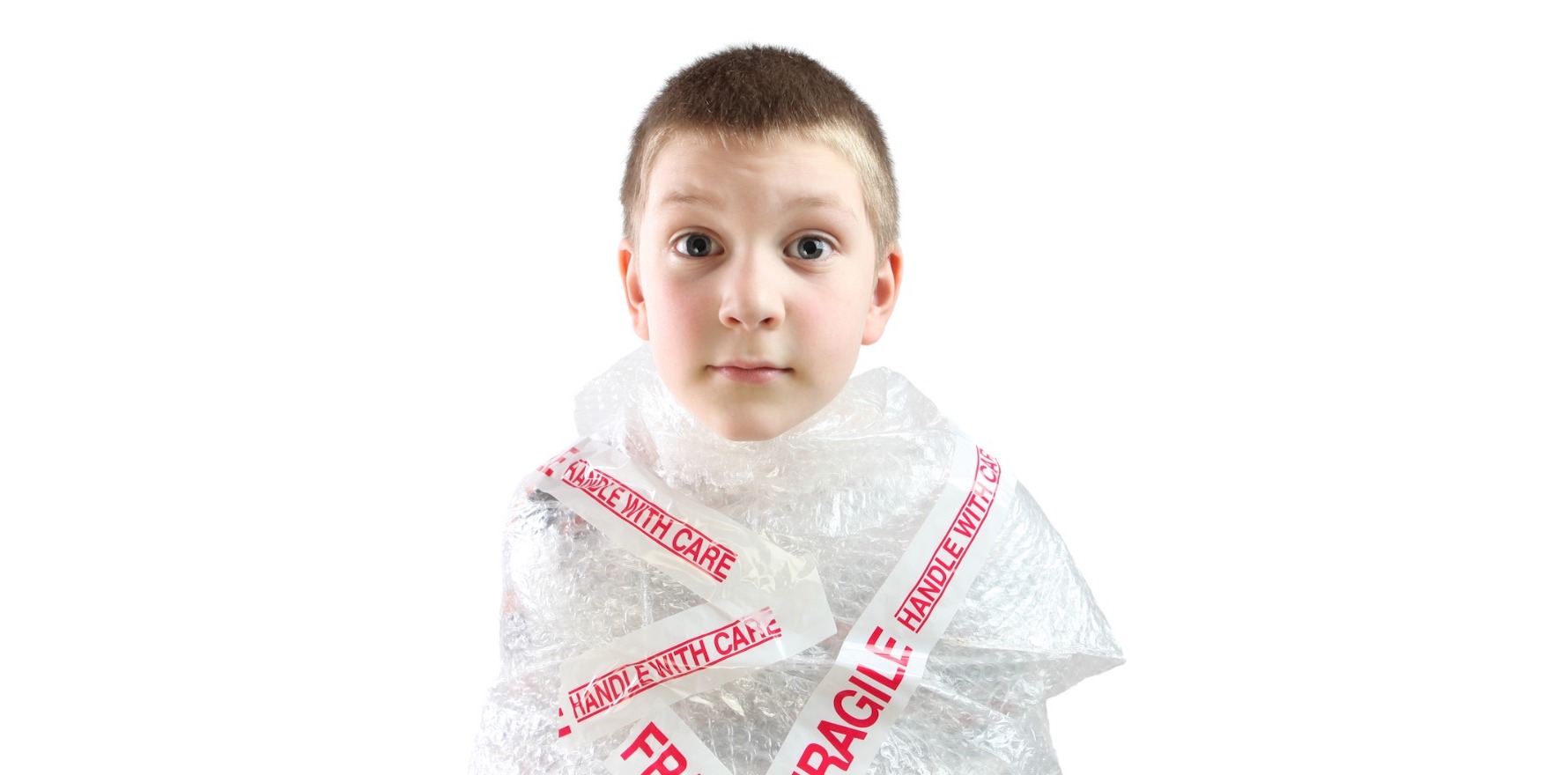
The majority of patients achieved disease control within four weeks while using the monoclonal antibody.
New research has found the monoclonal antibody dupilumab may be a safe and effective treatment for patients with bullous pemphigoid.
A retrospective cohort study of 146 people with BP, published last month in JAMA Dermatology, found 87% of the patients achieved disease control within four weeks.
“The safety profile was favourable,” the authors wrote.
“Patients with serum anti-BP180 antibody levels of at least 50 relative units per millilitre and female sex may respond better.”
This multicentre study was performed between 1 January 2021 and 31 July 2022 in six dermatology departments of the National Autoimmune Bullous Diseases Cooperative Group of China. Adult patients with BP received 300mg of dupilumab every two weeks following an initial dose of 600mg.
Concomitant medicine used in the study included topical and oral corticosteroids, minocycline, immunosuppressants (cyclophosphamide, cyclosporin, mycophenolate mofetil, and methotrexate), and intravenous immunoglobulin, which was determined by dermatologists based on disease severity and patient preferences and tapered according to established guidelines.
Of the 146 patients, 127 achieved disease control within four weeks, with a median time of 14 days. A total of 52 (35.6%) patients achieved complete remission, and 13 (8.9%) patients relapsed during the observation period. Thirteen patients relapsed with a median time of 14 weeks.
Disease control was defined as cessation of new lesion development or pruritus with healing of existing lesions. The secondary outcomes included complete remission rate and relapse rate within 64 weeks; AEs; and changes in BPDAI scores, itching NRS scores, and laboratory parameters for 64 weeks.
“There was rapid and sustained improvement in clinical indicators and laboratory examination results after dupilumab treatment, including BPDAI scores, itching NRS scores, serum anti-BP180 and anti-BP230 antibodies, total IgE levels, and eosinophil count,” the authors wrote.
The most common AEs were infections and eosinophilia, while 107 (73.3%) patients did not report any adverse events.
BP is one of the most common autoimmune bullous diseases, characterised by swelling erythema, tense blisters, and severe itching.
In the past, topical and systemic corticosteroids, immunosuppressive agents, and immunomodulating drugs such as tetracycline and dapsone were often used to treat BP.
However, most patients with BP are older adults with multiple clinical comorbidities, making them unable to tolerate long-term high-dose immunosuppressive therapy. Biologics, including rituximab and omalizumab, have recently been used to treat BP, the authors wrote.
“However, the safety of rituximab remains controversial, while the efficacy of omalizumab may differ significantly among patients with diverse characteristics,” the authors wrote.
“Recent case reports and small-scale control studies regarding the use of dupilumab, blocking IL-4 receptor alpha (IL-4Rα), on BP have confirmed its possible efficacy and preferable safety profiles compared with conventional treatment.”



